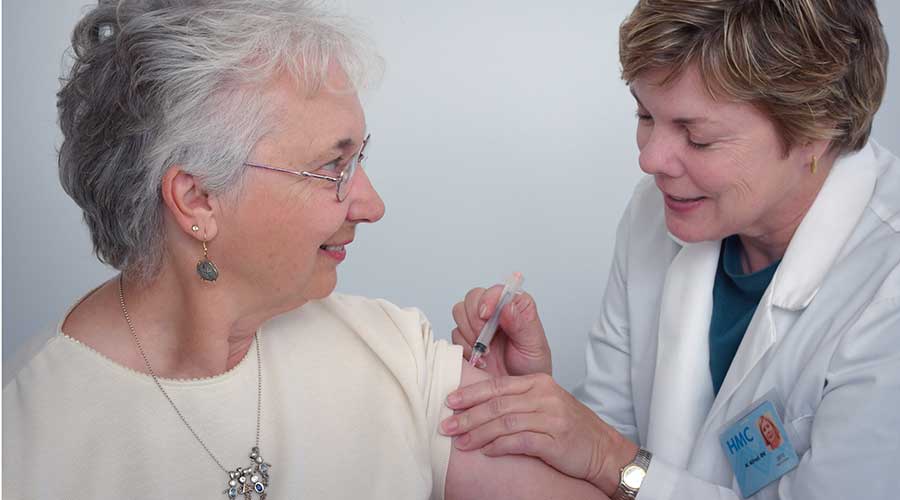Our skilled nurse care treats individuals safely at home.

We provide medical care while patients are recovering from traumatic injury or illness, when managing a chronic condition or conditions and post-surgery.
- Infusion/IV therapy (select locations)
- Feeding tube care for entral feedings
- Catheter care
- Administering medication
- Medication management
- Monitoring changes or improvements in a patient’s condition
- Post-op care
- Drainage tube care
- Wound care
- Post-orthopedic surgery care
- Pain management
- Ostomy care
Post procedure monitoring
Post-operative patients must be monitored and assessed closely for any deterioration in condition and the relevant postoperative care plan be implemented. Postoperative patients are at risk of clinical deterioration, and it is vital that this is avoided early.
Post procedure evaluation of wounds and drains
A wound will require different management and treatment at various stages of healing. No dressing is suitable for all wounds; therefore frequent assessment of the wound is required.
Tracheostomy
The tube may be temporary or permanent. It’s inserted through a cut in the neck below the vocal cords that allows air to enter the lungs. Breathing is then done through the tube, bypassing the mouth, nose, and throat.
Gastronmy and J tube
GJ-tubes are placed in the stomach just like G-tubes, but a thin, long tube is threaded into the jejunal (J) portion of the small intestine. GJ-tubes can be a great aid for individuals with dysmotility, those who aspirate, and those who are losing a great deal of calories due to vomiting.
Monitoring of Vital Signs
- Blood pressure. …
- Weight. …
- Pulse/heart rate. …
- Temperature. …
- Breathing rate. …
Medication management including appropriate use on analgesic medication.
Medication management is an important part of home care to create a complete and accurate medication list using the brown bag method. A complete and accurate medication list is the foundation for addressing medication reconciliation and medication management issues.